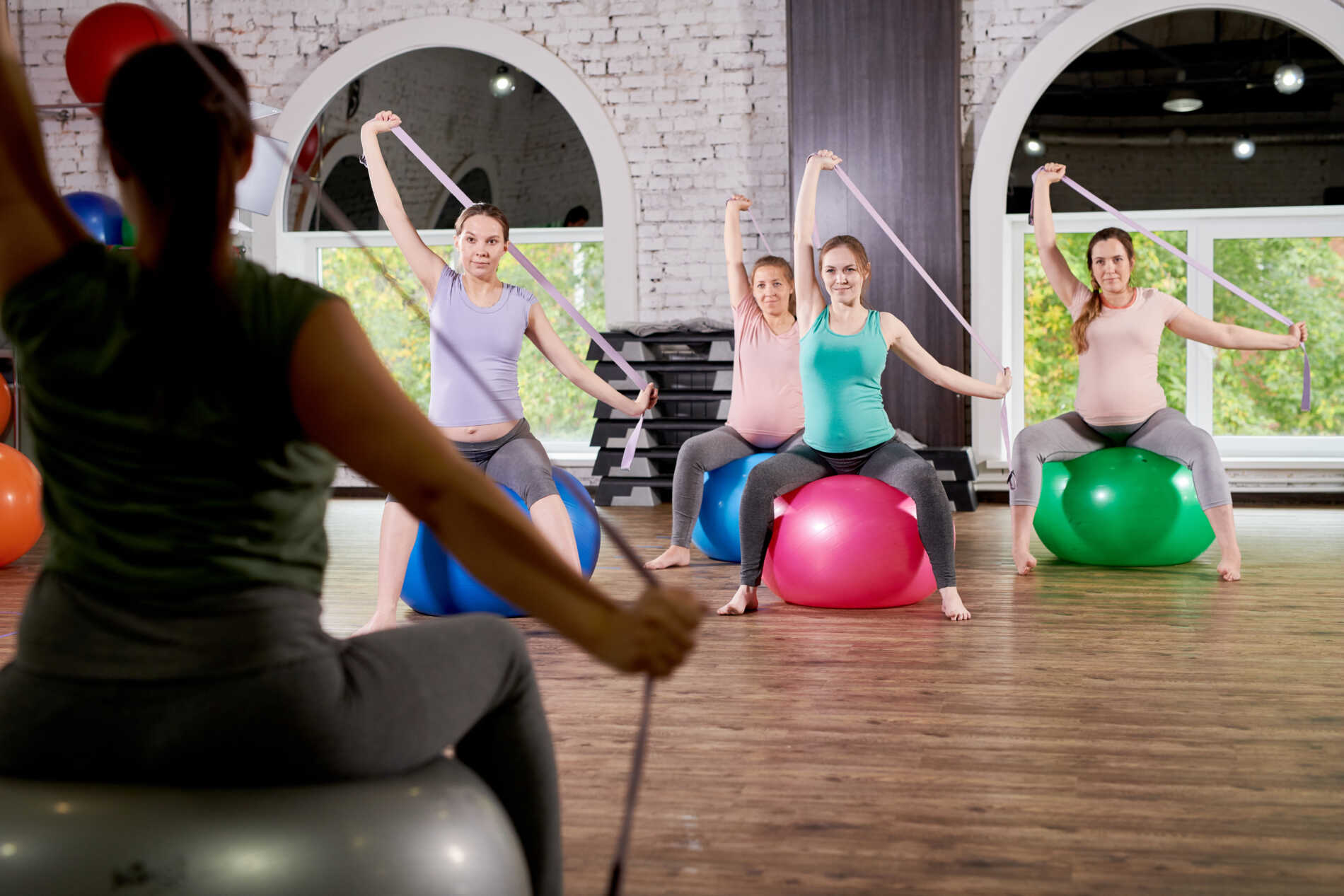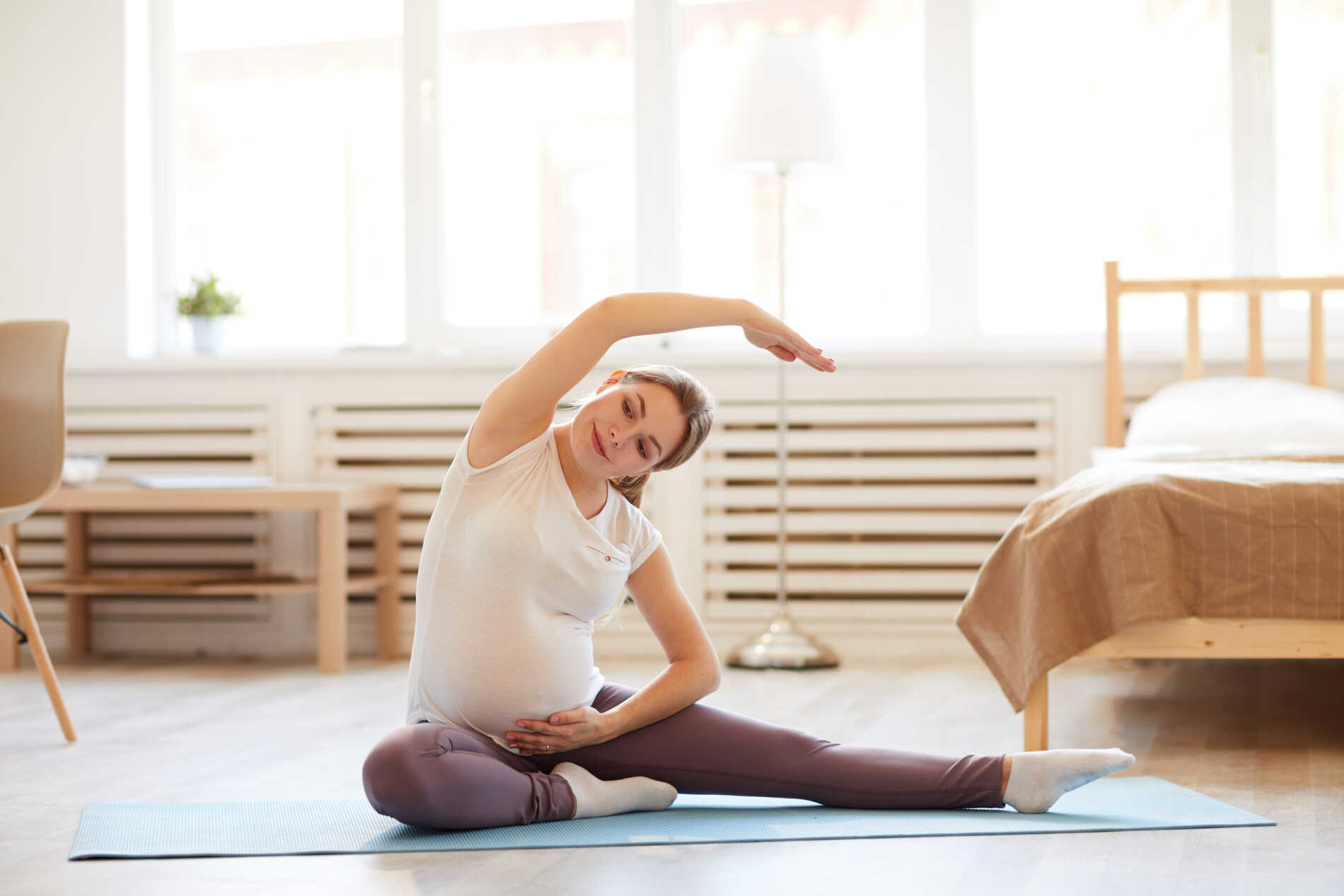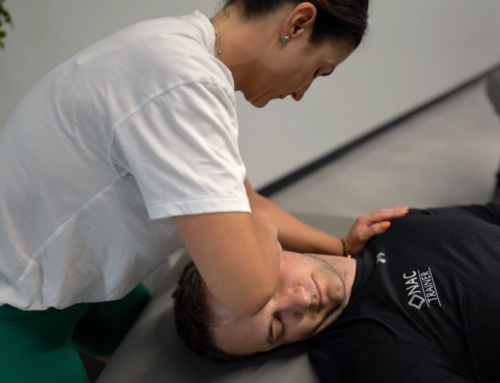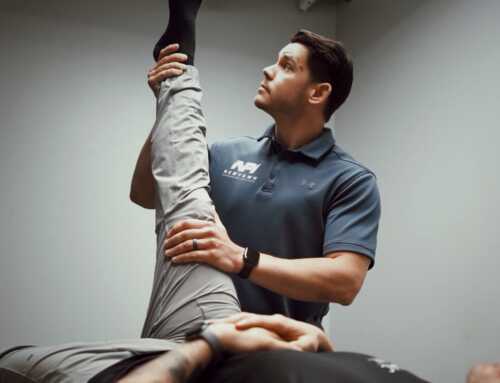The Do’s & Don’ts of Prenatal Exercise
We’ll discuss the ins and outs of prenatal fitness – what makes it different, benefits, what to avoid, and what we provide at the NAC.

The Difference
Changes in body weight and center of gravity: As the pregnancy progresses, the growing baby bump shifts the mother’s center of gravity, which can affect balance and stability during exercise.
Increased joint laxity: Hormonal changes during pregnancy cause the ligaments and joints to become more relaxed and flexible. This increased laxity can make some joints, such as the pelvis, less stable and more prone to injury during high-impact exercises.
Increased risk of overheating: Pregnancy increases the body’s core temperature, making it easier for the mother to overheat during exercise. This can be harmful to the developing fetus, so it’s important to stay well-hydrated and avoid overexertion, especially in hot or humid environments.

Benefits
Improved cardiovascular fitness: Regular prenatal exercise helps maintain cardiovascular fitness, which can make it easier to cope with the increased demands of pregnancy and labor.
Decreased risk of preeclampsia: Some studies suggest that regular exercise may help lower the risk of developing preeclampsia, a pregnancy complication characterized by high blood pressure and protein in the urine.
Easier labor and delivery: Women who exercise during pregnancy tend to have shorter labor times, fewer interventions (such as cesarean sections), and faster postpartum recovery.

What to Avoid
Exercises involving lying flat on the back: After the first trimester, exercises that require lying flat on the back should be avoided. This position can restrict blood flow to the uterus and cause dizziness or shortness of breath. Instead, modify exercises to be performed on the side or in an upright position.
High-impact or high-risk activities: Activities that involve a high risk of abdominal trauma, such as contact sports, horseback riding, downhill skiing, or activities with a high risk of falling, should be avoided during pregnancy. These activities can potentially harm the developing baby.
Excessive stretching or bouncing: Exercises that involve excessive stretching or bouncing should be avoided, as they can increase the risk of joint instability or injury due to the hormonal changes and increased laxity in the joints during pregnancy.
What we Provide
At the NAC we offer your All-in-One solution for safe prenatal and postpartum strength building. We have personal trainers who can provide expert help and assistance with prenatal exercise. The NAC also offers group programs that not only will help you with proper prenatal exercise but also build a community of moms also sharing similar experiences.
Learn more about Prenatal Exercise and the different programs we offer at the Newtown Athletic Club!





Leave A Comment